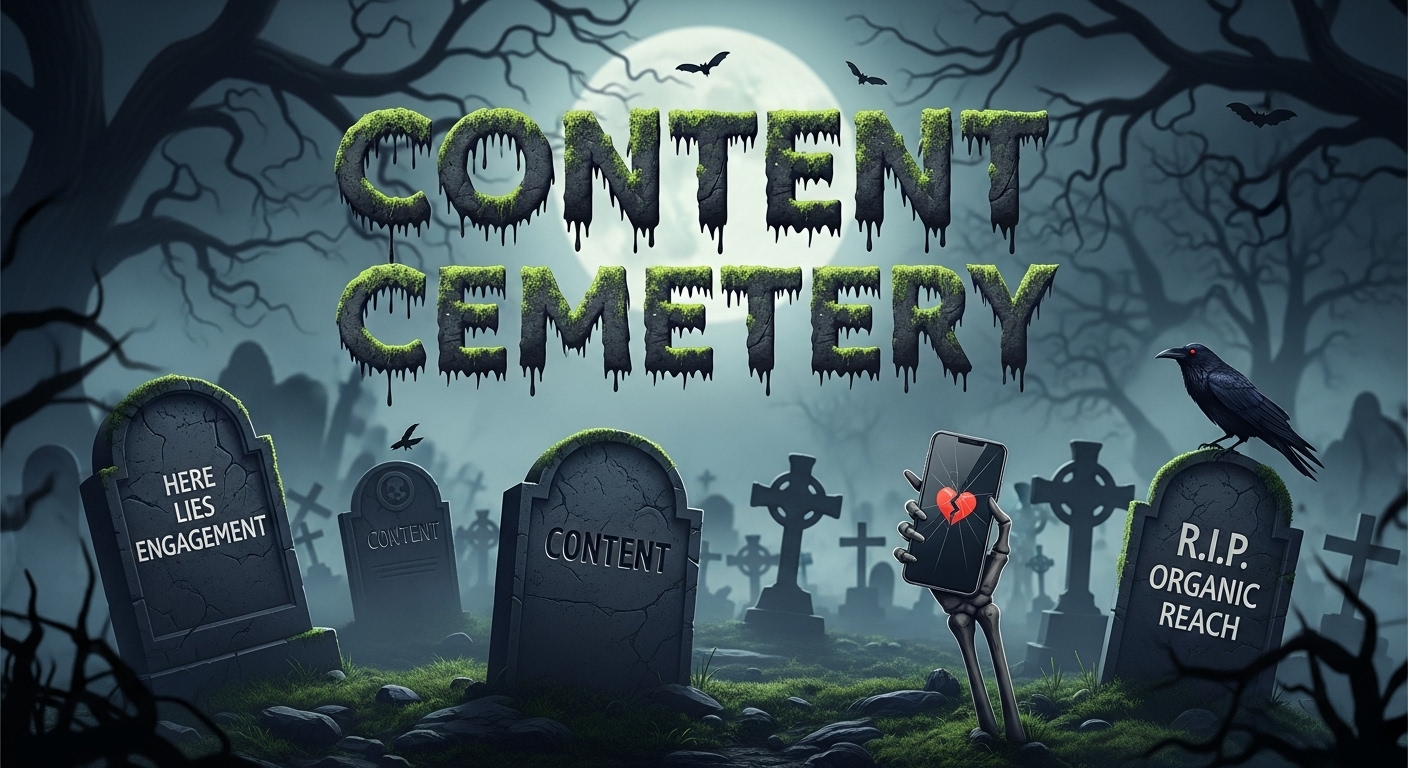
The Hidden Dangers of Content: The Corrosive Impact on Brand Perception

Companies allocate significant resources to content creation, aiming to engage audiences and propel business achievements. Research by the Content Marketing Institute highlights that the primary achievements of content marketing include enhancing awareness and establishing credibility and trust.
At Knotch, we have observed our clients leverage content to boost brand sentiment by 14 percentage points, triple their conversion rates, and reduce the time to convert by 20%.
But here’s the plot twist: Not all content is good for your brand.
The Unexpected Truth About Content
Knotch analyzed performance metrics for 20,000 content pieces from various sectors including banking, real estate, travel, automotive and technology, spanning from April 2022 to May 2023.
We found that 30% of content had a negative impact on brand sentiment, while 28% made no noticeable impression on audiences. This suggests that much of the content produced is, at best, merely background noise.
Call to Action: Emphasizing a Brand-Centric Content Strategy
To protect your brand’s reputation and ensure content aligns with your brand’s objectives, it's imperative to integrate brand-centric thinking into your content strategy. The aim is to craft distinctive content that not only differentiates from competitors but also delivers true value to your audience. Understanding what your audience genuinely values is key to this process.
Beyond Engagement Metrics
Many organizations measure content success solely by engagement metrics, celebrating content that achieves high views and substantial time on page and promotes further content interaction. Yet, a critical question remains largely unaddressed: Does this highly engaging content truly support the brand’s overarching objectives?
What if this engagement is actually detrimental to your brand? Can content still be considered high-performing if it leaves audiences with a negative impression of your brand, thus undermining its credibility?
The Dilemma of Corrosive Content
In an analysis of over 20,000 content pieces, Knotch found a subset that seemed high-performing based on engagement metrics actually portrayed lower-than-average brand sentiment among engaged users. This content, while engaging, was concurrently eroding the brand’s credibility. Knotch refers to this as corrosive content.
Understanding Corrosive Content
How does highly engaging content end up harming a brand? The issue often stems from unmet audience expectations. When audiences engage with content, they often are seeking answers to specific questions. Corrosive content fails to provide these answers, leaving audiences dissatisfied and negatively impacting brand sentiment. Ambiguity in content is often met with reduced brand perception.
Six Steps to Combat Corrosive Content
To maintain your brand’s credibility, it is crucial to identify and address the aspects of your content strategy that contribute to its corrosion.
- Define Your Brand Vision: Clearly articulate your brand vision and the business outcomes it aims to achieve. Establishing a measurement framework can effectively document this.
- Implement a Measurement Tool: Ensure the tools are in place to measure brand sentiment at the individual content level.
- Benchmark Analysis: Compare content against your engagement and sentiment benchmarks to pinpoint pieces that are engaging but fail in enhancing brand perception. Knotch One makes it easy to see website analytics, customer journey tracking and audience feedback in one place so you can easily measure, report and act to drive performance.
- Align Content with Audience Needs: Determine the audience needs that your content is not meeting and realign content with your brand’s unique perspective and expertise. This leads to content worth making.
- Identify Positive Sentiment Drivers: Recognize the characteristics of content that drives positive sentiment and apply these criteria to revise underperforming content.
- Regular Strategy Review: Continuously review and refine your content strategy to ensure alignment with broader business outcomes.
Identifying and correcting corrosive content is essential for maintaining and enhancing your brand’s sentiment. Ask the question: Are parts of your content strategy diminishing your brand credibility?
Contact Knotch to discover how we can help you identify the content that enhances brand perception and refine your content strategies based on these insights.
Become a thought leader
Become a thought leader
Trusted by the largest (and now smartest) brands in the world.
“Before Knotch we did not understand what content was driving business results. Now we understand which content moves the needle. Knotch’s cohesive reporting and insights paint a real picture of what’s happening on our website instead of the patchwork quilt that comes from a Google Analytics approach. With Knotch we have been able to re-prioritize ad spend, route better leads to our SDR team, and inform our content development initiatives.”

"The Knotch platform ensures that we deliver high-performing content tailored to young home shoppers, enhancing their experience and driving better business outcomes.”

"Our partnership with Knotch has been highly successful, empowering us to leverage data-driven insights and refine our content strategy.”









